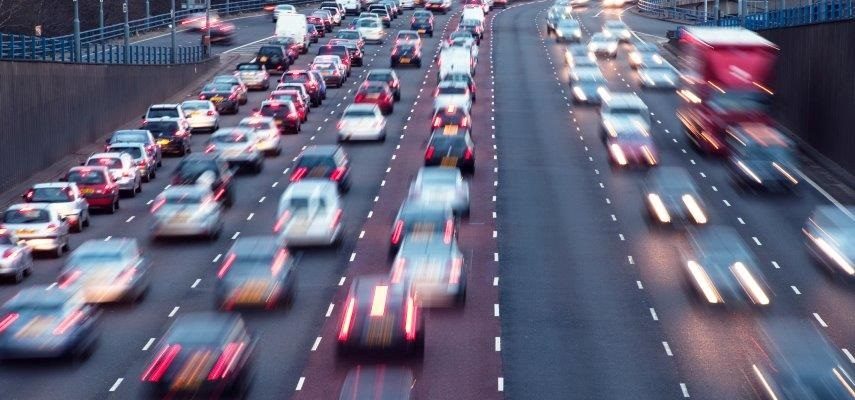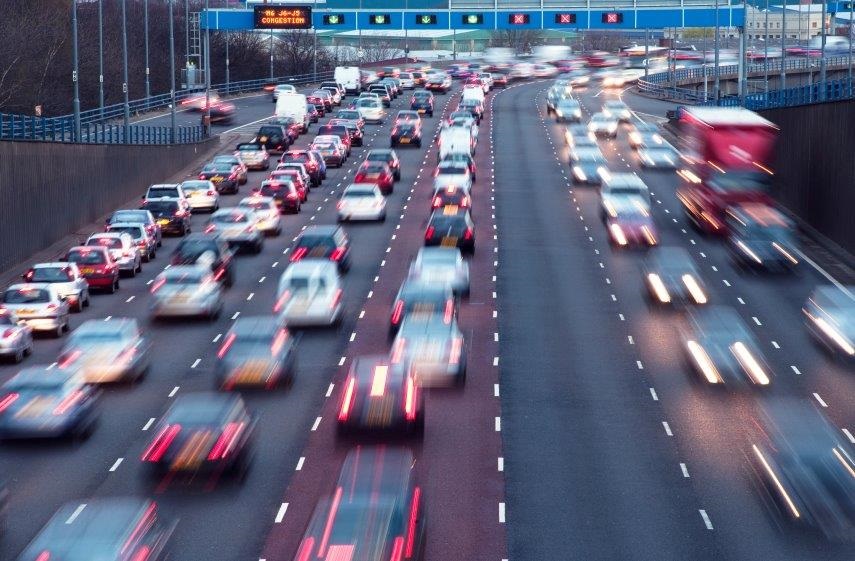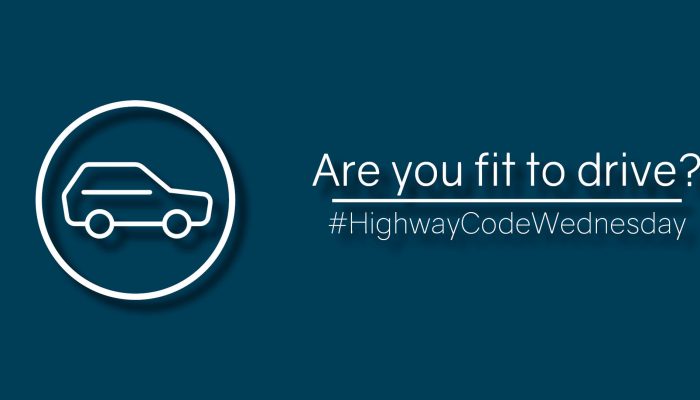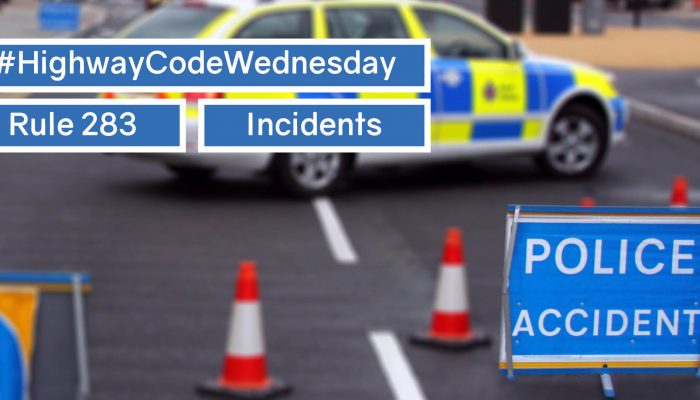Smart Motorways are radically altering the motorway driving experience across the country.
Drivers from Southern England negotiating the Midlands area will likely have first experienced the Smart revolution (known originally as Managed Motorways) in 2006 along the M42 where the hard shoulder was turned into an extra driving lane and the road was covered by gantries with electronic speed limit displays that changed at short notice (or were switched off completely at quieter times of day).
With both the M3 and M4 now expected to join the Smart Motorway scheme it is worth reflecting on these changes which will soon radically alter the motorway driving experience across the length and breadth of the country.
One of the most distinctive changes is the use of the hard shoulder as an extra lane to add extra capacity. Ever since motorways were first built in the UK the hard shoulder has been there as an emergency refuge to be avoided unless absolutely necessary and regular motorway drivers will know how the hard shoulder road surface is anyway hardly conducive to high speed running.
With the hard shoulder acting traditionally as an emergency area the creation of Smart Motorways inevitably has implications for motorists who need to stop due to a puncture, mechanical trouble or even through running out of fuel; with stubbornly high fuel prices at Motorway Services there is a temptation to avoid them in favour of supermarket fuel if possible and with figures for the year 2010 showing that over 17,800 vehicles ran out of fuel on Britain’s motorways this issue alone is not to be ignored.
There are different kinds of Smart Motorway
On some sections there is no hard shoulder at all and all lanes are available for use. These sections are distinctive as there will be a broken white line between each lane, indicating that all lanes have the same status. Refuge areas are available for emergency use. In other places the hard shoulder is only opened to traffic at certain times i.e. when it gets busy. There will be a solid white line on the road on these part-time sections, showing that it is a hard shoulder. Overhead signs will indicate when it is available for use. The Highways Agency is very clear that you must not use the hard shoulder if the signs over it are blank or display a red cross except to stop in case of emergency.
What if you have a problem along a Smart Motorway?
Well the Highways Agency have advice about this but in part it depends on what kind of Smart Motorway it is. If there is no hard shoulder you should use a dedicated emergency refuge area which will be situated at intervals along the motorway where there will be an emergency telephone installed, or you should proceed to a motorway service area, or just leave at the next junction. If that is not possible they say you should try and get your vehicle off the carriageway, if it is safe to do so, using the hard shoulder, if there is one (and providing it is not open to traffic) or you should move onto the verge – although the latter may be easier said than done. If you have a puncture and don’t have expensive run flat tyres it will be difficult to do much else but stop safely as soon as you can; if the engine fails then likewise you have no choice although it is possible the condition and maintenance of your vehicle may come under scrutiny if the Police attend, especially if you have difficulty in preventing an obstruction.
Could you find yourself in trouble with the law?
Whether the move to more and more extensive use of Smart Motorways could leave drivers vulnerable to allegations of obstruction of the highway if they end up immobile in an active lane of traffic is an interesting question. The Highways Agency guidance suggests they will simply set signs and signals on the overhead gantry to warn traffic and regular motorway drivers may have already seen evidence of this practice. There is no simple answer but the regular maintenance of vehicles (aided by their ever increasing reliability) and ensuring an adequate supply of fuel would certainly bode well in the event of an incident occurring and the police turning up.
Lastly what’s happening with the M3 and M4 in Southern England?
These two motorways perfectly illustrate differences in Smart Motorways. The M3 will be converted between Junctions 2 and 4a so that the hard shoulder becomes a permanent running lane (which will necessitate refuge areas every so often) while the M4 will have the facility to open the hard shoulder to traffic at particular times of day only between Junctions 3 and 12.
Newnham & Jordan Solicitors are able to assist and advise you with regard to a variety of Road Traffic, Driving and other regulatory issues.
Call us now on 0845 680 7871
This article is intended for general information purposes only and shall not be deemed to be, or constitute legal advice. Newnham & Jordan Solicitors cannot accept responsibility for any loss as a result of acts or omissions taken in respect of this article or any external articles it may refer or link to.



